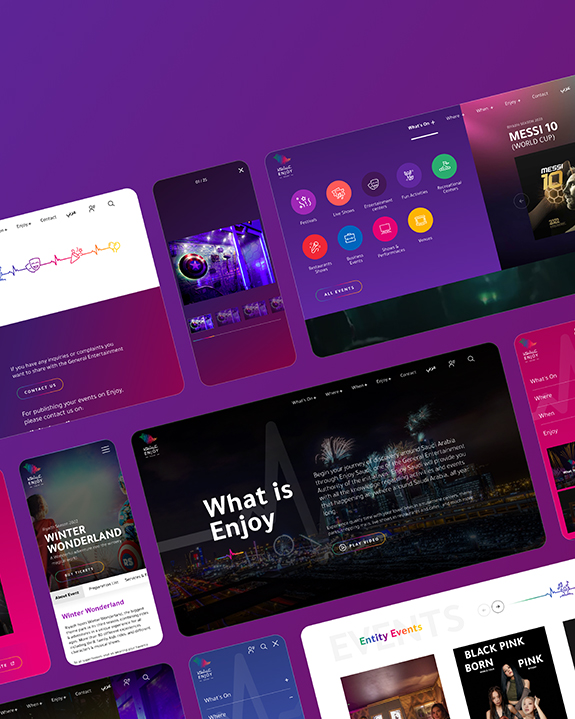AI in Neurobranding
AI Integration: Elevating Neurobranding Strategies
AI emerges as a transformative force in neurobranding, reshaping strategies by deciphering intricate consumer behaviors. It introduces a new paradigm, where AI is not just a tool but a strategic partner in crafting impactful brand narratives.
Data-Driven Consumer Insights:
Precision in Understanding Behaviors
AI-driven analytics unveil nuanced consumer behaviors, offering precise insights that inform tailored branding approaches. It’s the precision required to understand and resonate with the audience on a deeper level.
AI orchestrates a crescendo of personalization, crafting brand interactions that resonate deeply. It goes beyond customization, fostering a profound connection by aligning with individual preferences, ensuring the brand becomes a personal and integral part of the consumer’s journey.
One example of AI being used in neurobranding is the use of machine learning algorithms to analyze large datasets of consumer behavior and preferences. By analyzing this data, AI can identify patterns and trends that can inform brand positioning and messaging strategies. For example, AI algorithms can analyze social media data to identify the emotions and sentiments associated with different brands, helping marketers understand how their brand is perceived by the target audience.
Predictive Modeling:
Anticipating Trends for Strategic Advantage
AI’s role extends to predictive modeling, empowering brands to anticipate trends and navigate the dynamic market with agility. It’s not just about staying current; it’s about being ahead and positioning brands as proactive leaders.
While AI has already made strides, its potential continues to unfold, paving the way for innovative strategies that redefine how brands connect with their audience.
Consistency Across Mediums
Consistency is not only the backbone of branding but also a fundamental aspect of effective storytelling. From the tone of voice to the visual identity, maintaining a consistent narrative across various mediums reinforces the organization’s identity, fostering familiarity and trust.
Data-Driven Narratives
Numbers, when presented strategically, can be compelling storytellers. Data-driven storytelling infuses life into statistical information, providing context and meaning. Whether showcasing financial achievements or growth metrics, weaving a narrative around the data transforms it into a compelling story of success.
Human-Centric Approach
The most resonant stories in annual reports are those that put people at the center. Highlighting the human aspect—whether through success stories, testimonials, or employee spotlights—creates a connection that goes beyond numbers, fostering a sense of shared accomplishment
Crafting the Organizational Vision
Every annual report should serve as a vessel for the organizational vision. Effective storytelling aligns the narrative with this vision, ensuring that stakeholders not only comprehend the past year’s achievements but also envision the trajectory for the future.





























